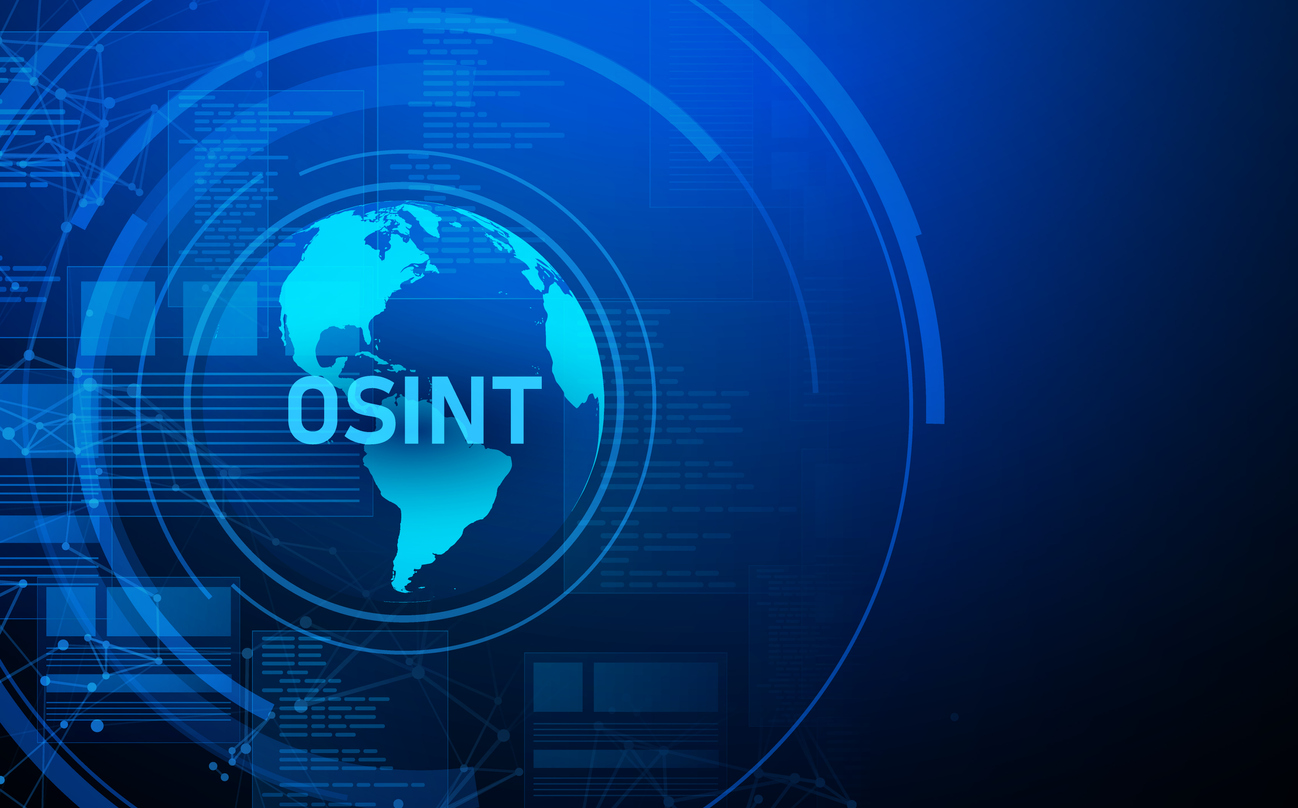
The use of open-source intelligence (OSINT) has proven to be valuable in identifying and prosecuting malicious actors, as well as in aiding criminal investigations. For instance, in the case of Mahmoud al-Werfalli, videos showing extrajudicial executions committed by the Libyan soldier led to the International Court of Justice issuing a warrant for his arrest. Similarly, images of the Capitol Hill rioters broadcast by themselves enabled the FBI to identify and arrest them.
However, the abundance of incriminating online content does not automatically guarantee justice. The admissibility of evidence depends on the thoroughness and rigor of OSINTers, as well as the authorities’ ability to integrate digital evidence into the legal process.
Efforts are being made to bridge the gap between the work of OSINTers and judicial authorities. Initiatives such as the Justice and Accountability Unit, a collaboration between Bellingcat and the Global Legal Action Network, aim to demonstrate the viability of open-source information in judicial processes. Additionally, the eyeWitness to Atrocities application, launched by the International Bar Association, allows OSINTers to collect and preserve open-source evidence for criminal prosecution purposes.
Furthermore, tools have been developed to assist OSINT analysts in their work. For example, the Forensic OSINT application, developed by Canadian analyst Ritu Gill, acts as a browser extension that can capture content and provide practical advice and general information for investigating on various social networking platforms. The application is designed to be user-friendly and includes features such as hashing data to ensure the authenticity of digital evidence presented in court.
Ritu Gill believes that the proliferation of tools and technologies for validating OSINT evidence will strengthen the standards of the courts, ensuring that evidence submitted has been authenticated, verified, and validated.
In conclusion, the use of OSINT in criminal investigations and legal processes has proven to be valuable, but it requires collaboration between OSINT analysts and judicial authorities, as well as the development of tools and technologies to ensure the admissibility and authenticity of digital evidence. Initiatives and applications like the Justice and Accountability Unit, eyeWitness to Atrocities, and Forensic OSINT are important steps in this direction, and they will continue to play a vital role in the pursuit of justice.

